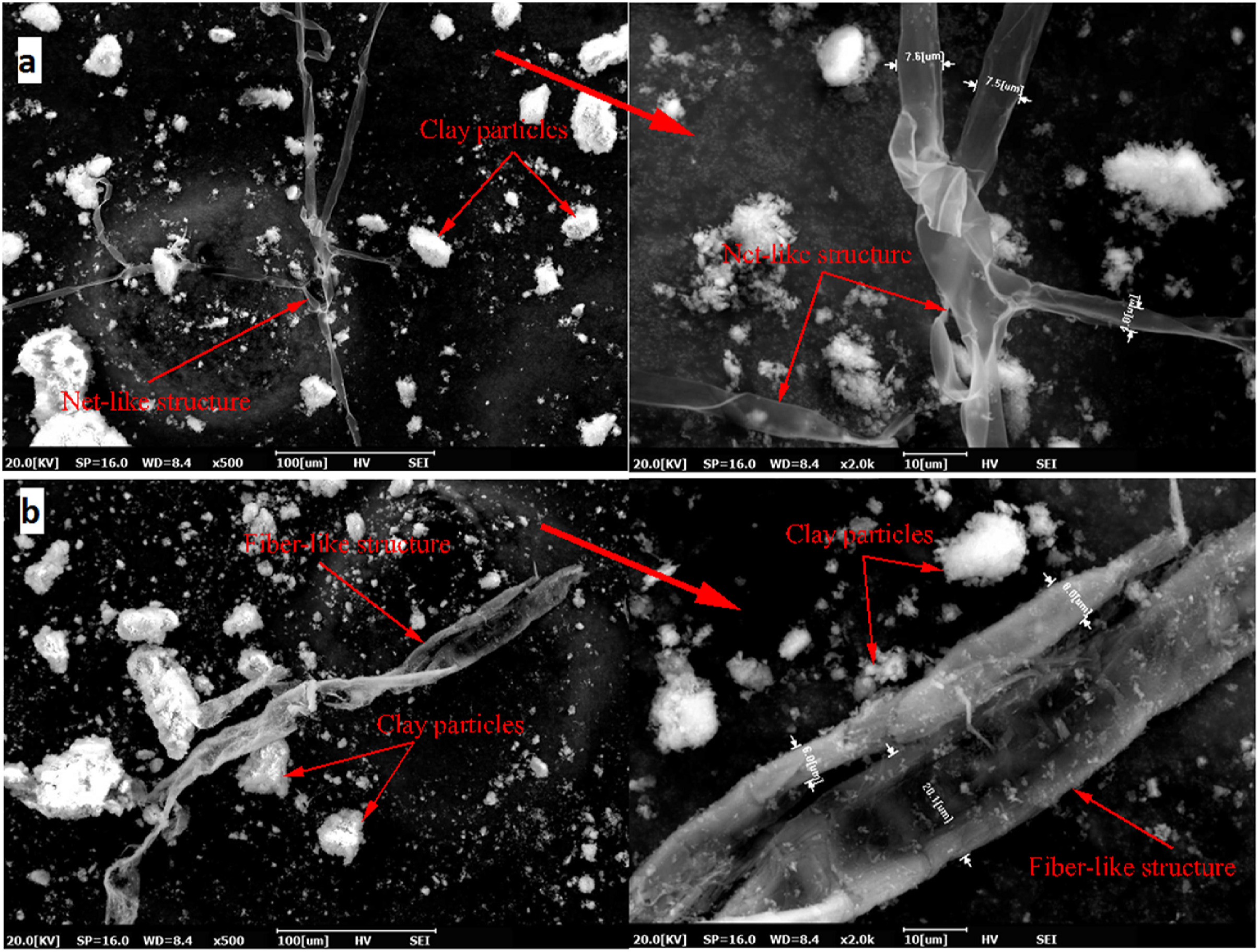JRMGE / Vol 13 / Issue 5
Strength properties of xanthan gum and guar gum treated kaolin at different water contents
Irem Bozyigit, Akbar Javadi, Selim Altun
Show More
a Department of Civil Engineering, Ege University, Bornova-Izmir, Turkey
b College of Engineering, Mathematics and Physical Sciences, University of Exeter, Exeter, UK
2021, 13(5): 1160-1172. doi:10.1016/j.jrmge.2021.06.007
Received: 2020-10-17 / Revised: 2021-05-31 / Accepted: 2021-06-10 / Available online: 2021-07-27
2021, 13(5): 1160-1172.
doi:10.1016/j.jrmge.2021.06.007
Received: 2020-10-17
Revised: 2021-05-31
Accepted: 2021-06-10
Available online: 2021-07-27
Keywords: Biopolymer, Clay, Unconfined compressive strength (UCS), Xanthan gum, Guar gum, Strength properties
Article Data
Author(s) Information
Dr. Irem Bozyigit
irem.kalipcilar@ege.edu.tr

Irem Bozyigit is presently working as a researcher at the Department of Civil Engineering, Ege University, Izmir, Turkey. She obtained her MSc degree from Ege University and is currently pursuing her PhD degree at the same university. She has practical experiences in soil mechanics, geotechnics and laboratory testing to determine soil properties. She has worked more than 10 projects and also has published research papers in international and national journals. Her research area is focused on soil improvement, and cyclic behavior of soils.

